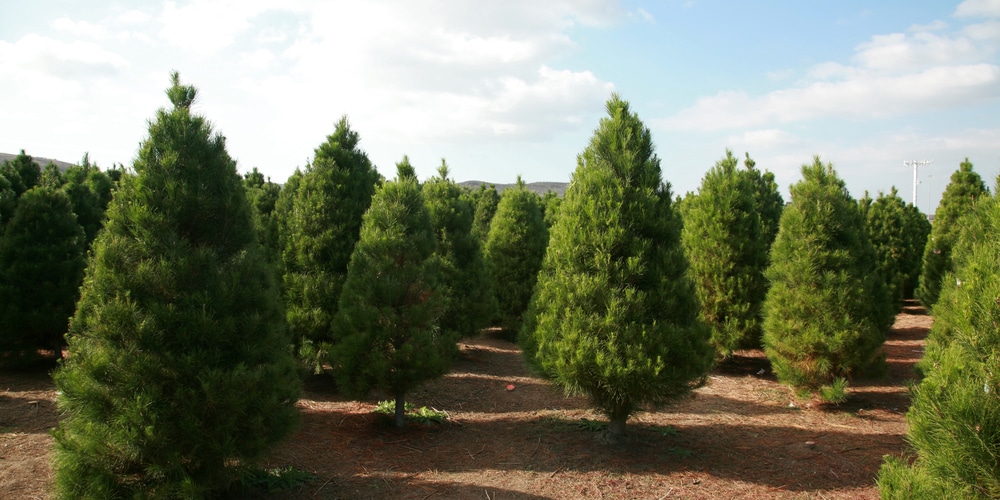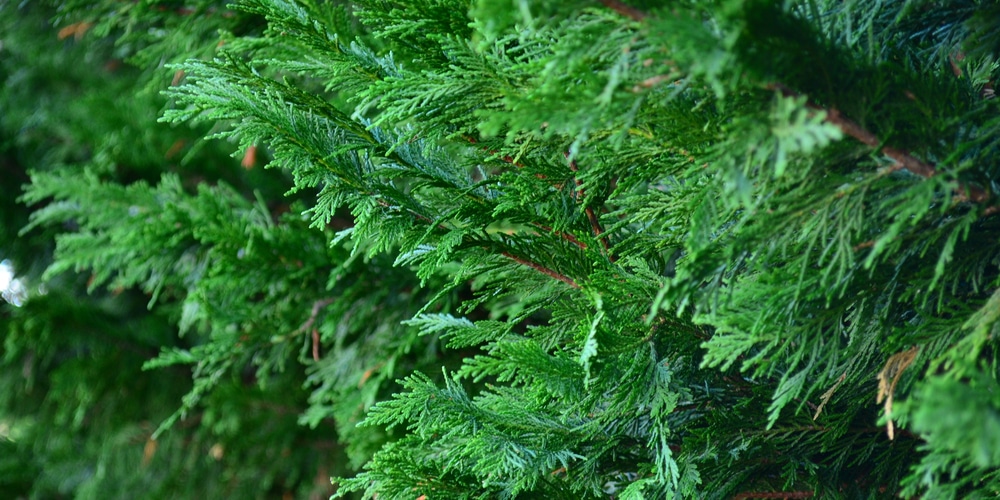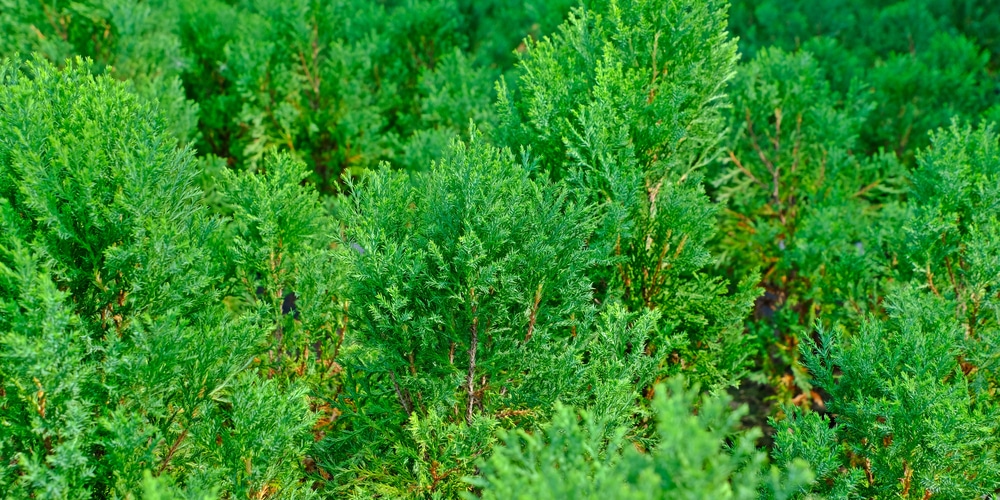Trimming pine trees is critical for the health of your tree. With a few easy-to-follow steps and tips to keep in mind, you will learn how to maintain your trees for the foreseeable future. Keep reading to learn more about when and how to trim pine trees.
Why Trim Pine Trees?

It may seem like an overwhelming task, but there are many benefits to trimming pine trees that make an effort well worth it. When you trim a pine tree, you remove dead or damaged branches that affect the health of the tree. Ignoring diseased branches, in particular, may result in the entire tree dying.
Trimming pine trees also stimulates growth. Pine trees are generally fast growing but the trees can quickly become overcrowded with many branches. By removing some, you will ensure that the tree continues to grow. By trimming the tree, you can also shape it, a benefit that is more important in some situations than others.
When To Trim Pine Trees
The best time to trim pine trees is in spring. But, it is paramount to remember to trim off any damage you observe throughout the year. Do not refrain from trimming your damaged tree just because it is summer or fall. Taking care of broken branches will ensure your tree remains healthy and that any issues do not spread.
If possible, you should try to avoid pruning your tree in fall and summer. If you trim at this time of year, the tree will be unlikely to heal before winter, putting the entire tree’s health at risk. While adding some wound dressing may provide peace of mind, it is unlikely to preserve the tree during an especially cold season.
How To Trim Pine Trees
Learn more about the process of trimming pine trees.
Required Tools
Only a few tools are necessary for successfully pruning your pine trees. They are:
- Gardening shears
- Sharp hand saw
- Gardening gloves
- Chainsaw for larger trees
Trimming Pine Trees
To help a young pine tree grow healthily it is paramount to cut back around ⅓ of each branch. Each branch should be around six inches shorter than the center trunk. The crown is paramount to take care of. Approximately ⅓ of this section should also be cut away every year. Use your hand saw and gardening shears to cut through the branches, ensuring to off damaged branches entirely.
A common mistake when trimming pine trees is to cut into the woody part of the branch and stop before the base. If you use this method, the tree will look stunted over time. Instead, remove an entire branch if you see any damage.
Trimming Tips
Here are a few tips that will make trimming your trees a simple and easy process.
- During spring, pinch back the candles or growth tips. This will ensure that your tree maintains a dense growth pattern. Breaking these off by hand is far better than using shears (which can inflict damage on the rest of the tree, especially the needles).
- Cut off any foliage or branches that are turning brown
- Remove damaged branches entirely. If you do not, you may end up with stunted-looking trees that have to have entire branches removed anyway, creating more work and a higher chance your tree will suffer more damage.
- Always trim your pine trees in the spring, if possible. Late-summer, fall or winter trimming may damage your trees more.
- Remove branches that are growing too close together. If the tree is too densely populated with branches, the entire tree may suffer damage and stop growing.
- Remove around 1/3rd of the tree’s crown each year to ensure it continues growing.
- Take your time and ensure you use the right tool for the right job. Do not use the chain saw if you can use the gardening shears or hand saw!
In Conclusion
Knowing how to trim trees is critical for the trees’ health. Make sure to trim your pine trees in the spring unless you see damage at another time.
In that case, remove the damaged branches to ensure they do not impact the rest of the tree. You will only need a few simple tools to make this process a success. And it is well worth maintaining your trees for years to come!

